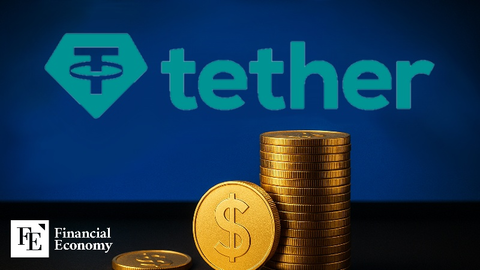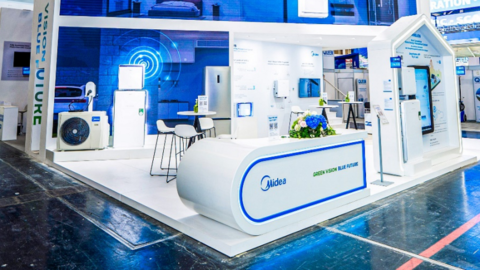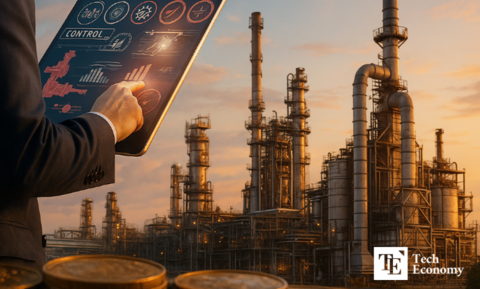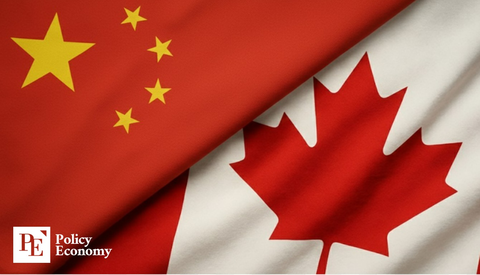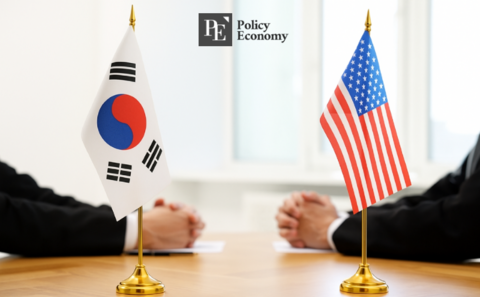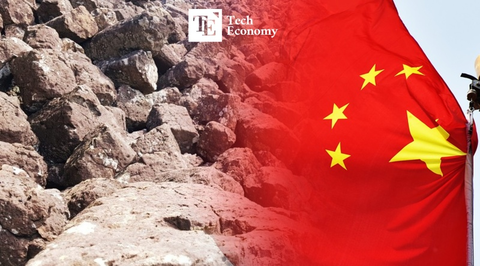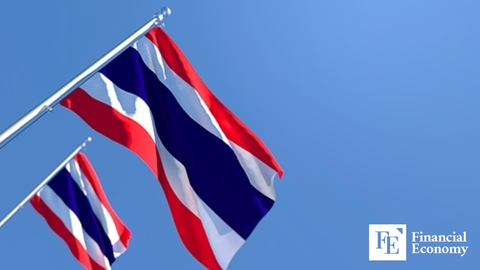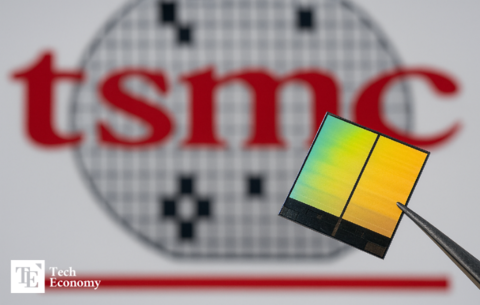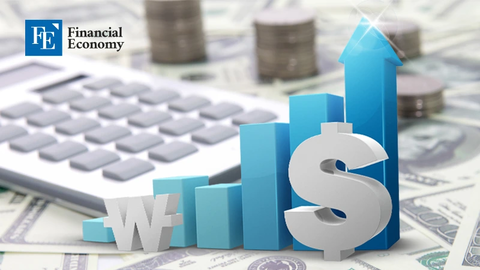Most U.S. Tariffs Absorbed by American Companies, “High Likelihood of Price Hikes by Year-End”
Input
Modified
U.S. Imposes Additional $55 Billion in Tariffs Tariff Burden Ultimately Shouldered by American Companies High Likelihood of Cost Pass-Through to Consumers via Price Increases
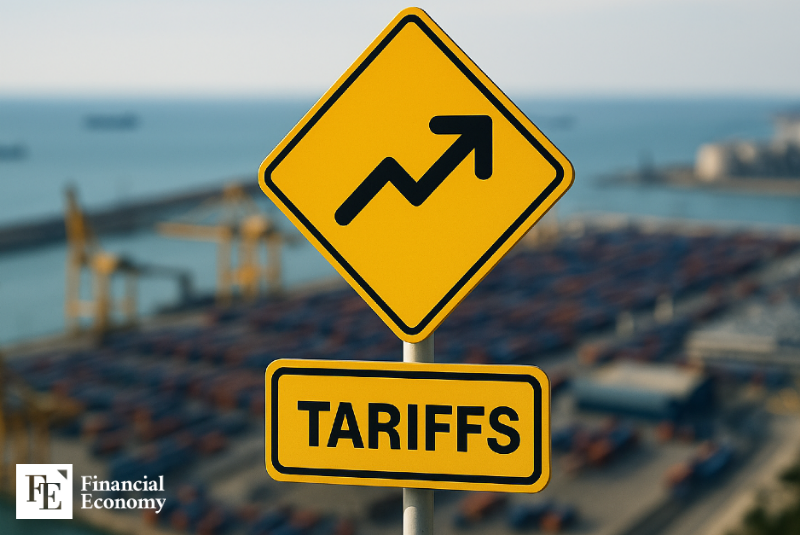
The U.S. government has collected an additional $55 billion in tariffs this year, but most of the burden is falling squarely on American companies. Many businesses absorbed the costs themselves by canceling purchases before the tariffs took effect or stockpiling inventory in advance. In highly competitive markets, raising prices immediately can lead to a sharp decline in market share, prompting companies to shoulder the cost for now.
U.S. Firms Bear the Brunt of Tariff Costs
On July 27 (local time), the Wall Street Journal reported that with new tariffs imposed by President Donald Trump, the overall U.S. tariff rate has reached its highest level in decades. The federal government collected an additional $55 billion in tariffs this year. Economists estimate that the effective average tariff rate on all U.S. imports has surged from 2.3% last year to nearly 17% this year.
For now, companies ranging from General Motors (GM) and Nike to local shops are absorbing a significant portion of the tariff burden. Firms are wary of raising prices out of fear of losing customers to competitors. Moreover, with the Trump administration still engaged in trade negotiations with partner countries, uncertainty around tariffs remains high.
The relatively stable import price index in recent months—based on pre-tariff levels—suggests that foreign suppliers are not significantly lowering prices to cushion U.S. firms. However, according to Goldman Sachs, Chinese suppliers are absorbing about 20% of the tariff costs through price reductions. This falls far short of President Trump’s assurances that foreign firms would bear the cost.
While prices for certain items like furniture, toys, and clothing have started to rise, the increases remain modest. The Consumer Price Index (CPI) for June rose 2.7% year-on-year, slightly higher than May but still more moderate than expected. This indicates that companies had secured inventories in advance or are continuing to absorb the cost internally.
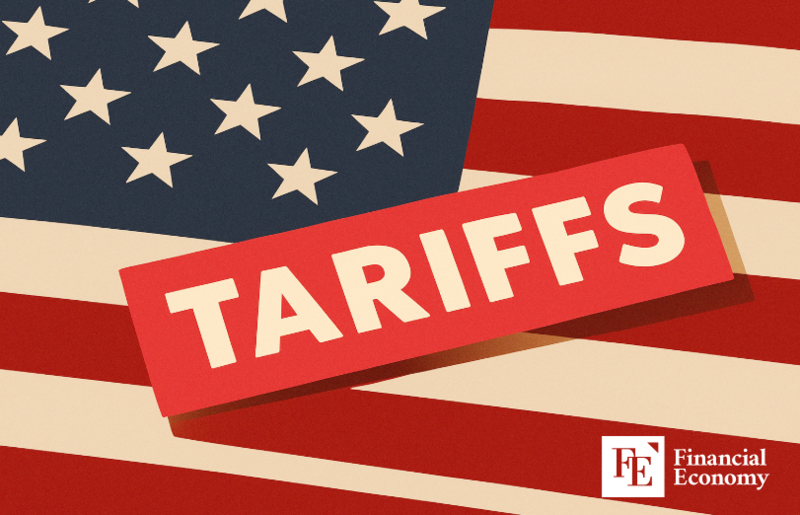
Cost Absorption Strengthens Trump’s Trade Position
Companies’ reluctance to raise prices has, in turn, benefited Trump’s diplomatic strategy. According to Nikkei and Bloomberg, since the implementation of auto tariffs on April 3, only three of Japan’s six major automakers have raised consumer prices in the U.S. Toyota increased average vehicle prices by $270 starting July 1, while Mitsubishi raised prices on three models by an average of 2.1%. Subaru was the only company to raise prices by nearly 25%, while Mazda stated it was considering price adjustments.
Japanese companies are also absorbing tariff costs to maintain prices in the U.S. As a result, Japan’s average unit export price of automobiles to the U.S. in May fell 20% from a year earlier. Taro Saito, head of economic research at NLI Research Institute, noted that Japanese automakers have significantly lowered export prices to absorb cost increases from tariffs.
Japanese firms fear that price hikes would suppress demand. New vehicle sales are already showing signs of a slowdown. Data released on July 1 by four major Japanese automakers showed that U.S. new car sales in June declined 2% from a year earlier, the first year-over-year drop in four months. However, this passive response to tariffs could backfire. If American consumers feel little impact from the tariffs, the Trump administration may see no need to alter its tariff policy.
“Can’t Hold Out Much Longer”, Imminent Price Hike Domino Effect
U.S. economists are closely watching who will ultimately bear the full cost of the tariffs. Will foreign suppliers like Hyundai lower prices to remain competitive in the U.S. market? Will American importers and distributors absorb the tariff costs? Or will all parties maintain existing distribution models and pass the burden on to consumers? The broader effects of tariff hikes are expected to become apparent soon.
In some sectors, price adjustments are already underway. Walmart began raising prices on certain products in May to offset tariff-related costs and warned of more significant hikes this summer. For example, due to tariffs on Latin American products, Walmart raised banana prices from $0.50 to $0.54 per pound. This suggests that tariffs are starting to impact consumer prices in the retail market.
Nike’s management forecast a $1 billion reduction in annual profits due to tariffs and announced that "precise price adjustments will continue through the end of the year," as most of the tariff impact is expected to hit in the second half. Previously, Matt Priest, CEO of the Footwear Distributors and Retailers of America, stated that some shoe companies plan to raise prices in the coming weeks. “Brands and retailers have absorbed a lot of the impact so far, but their ability to continue doing so is limited,” he explained.
Toymaker Hasbro also reported that although the financial impact of tariffs was less than expected in the most recent quarter, it still projects a full-year cost increase of $60 million. CEO Chris Cocks noted that “it typically takes 5 to 8 months for toys to move from factories to store shelves,” suggesting that toy prices are highly likely to rise by year-end. This trend is not just a symbolic adjustment but marks the beginning of a structural shift in cost pass-through. Price increases driven by tariffs not only reflect direct costs but also recalibrate psychological baselines in pricing decisions.

